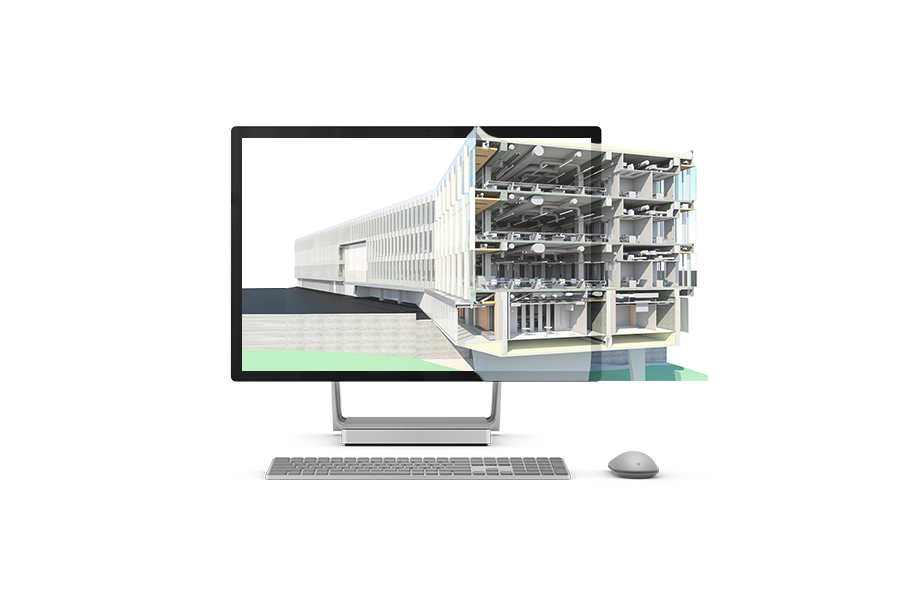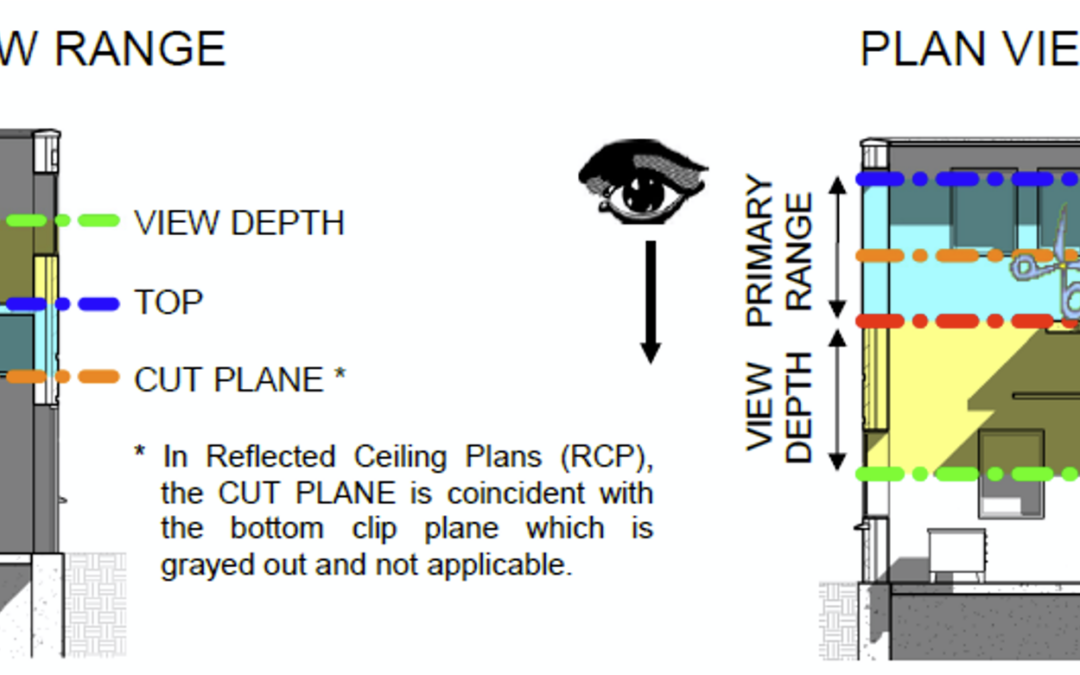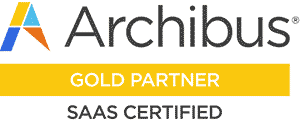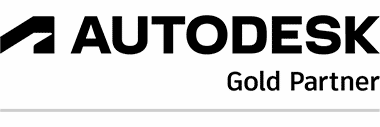At the core of this revolution is generative design, a process that leverages algorithms and computational tools to explore a vast array of design alternatives based on specific input parameters such as materials, environmental conditions, budget, and performance criteria. Unlike traditional design methods, which rely heavily on the designer’s experience and intuition, generative design empowers architects to quickly generate, test, and evaluate multiple solutions, uncovering optimized outcomes that might otherwise remain undiscovered. This iterative process not only accelerates the early design phases but also broadens the scope for creative exploration and innovation.
Generative design is particularly powerful when integrated with BIM, as it allows architects to model and simulate real-world constraints within a dynamic, data-rich environment. For example, architects can define objectives such as maximizing natural light, minimizing energy consumption, or optimizing spatial layouts for human comfort. The generative design algorithm then explores the design space, generating thousands of potential solutions that are visualized and evaluated within the BIM model. This synergy between generative design and BIM enables architects to make informed, data-driven decisions that balance aesthetics, functionality, and sustainability.
One of the most significant benefits of AI-driven generative design is its ability to automate and optimize routine design tasks, freeing architects to focus on higher-level problem-solving and creative expression. By automating the creation of multiple design alternatives, generative design reduces the time and effort required for manual iteration, resulting in faster project delivery and reduced costs. Additionally, the technology supports the exploration of complex geometries and innovative forms that would be difficult or impossible to achieve using traditional methods, opening new avenues for architectural expression.
Sustainability is another area where AI and generative design are making a profound impact. By analyzing environmental factors such as sunlight, wind patterns, and energy use, generative design algorithms can produce optimized solutions that minimize resource consumption and carbon emissions. This capability is especially valuable in today’s context, where sustainable design is a priority for clients, regulators, and the broader community. Architects can leverage generative design to create buildings that are not only visually striking but also environmentally responsible and resilient.
The integration of AI into BIM workflows extends beyond generative design, encompassing predictive analytics, risk assessment, and automated quality control. AI-powered tools can analyze vast amounts of project data, identifying potential clashes, predicting risks, and recommending mitigation strategies. This predictive capability enhances project planning and reduces costly rework, delays, and design errors. Furthermore, AI-driven automation streamlines repetitive tasks such as model updates, clash detection, and documentation, enabling architects to work more efficiently and effectively.
Collaboration is also enhanced through the use of AI and generative design in BIM. By providing a shared, data-driven platform, these technologies foster greater transparency and communication among project stakeholders, including architects, engineers, and clients. Real-time access to design alternatives, performance metrics, and simulation results enables teams to make faster, more informed decisions and ensures that everyone is aligned with the project’s objectives. This collaborative approach not only improves project outcomes but also builds trust and strengthens relationships among team members.
Looking ahead, the combination of AI and generative design with BIM is poised to become the standard for architectural practice. As the technology continues to advance, architects will have access to even more powerful tools for design exploration, optimization, and collaboration. By embracing these innovations, firms can unlock new opportunities for creativity, efficiency, and sustainability, positioning themselves at the forefront of the industry’s digital transformation.
Optimizing Your BIM Platform: How Robotech CAD Solutions Can Help
For architects looking to harness the power of AI and generative design within their BIM workflows, Robotech CAD Solutions offers expert guidance and comprehensive support. As an Autodesk Gold Partner and Authorized Training Center, Robotech provides tailored training, implementation, and consulting services to help firms optimize their BIM platforms for maximum efficiency and innovation. Whether you are new to generative design or seeking to enhance your existing workflows, Robotech’s experienced team can help you configure, train, and support your staff, ensuring you achieve the full potential of your BIM investment. With Robotech’s proven track record and customer-focused approach, your firm can confidently navigate the evolving landscape of AI-driven architectural design.












